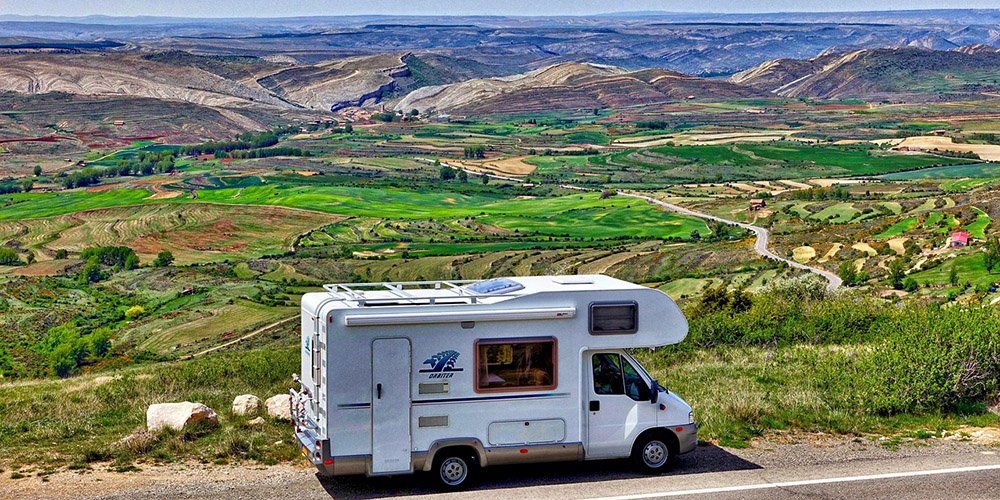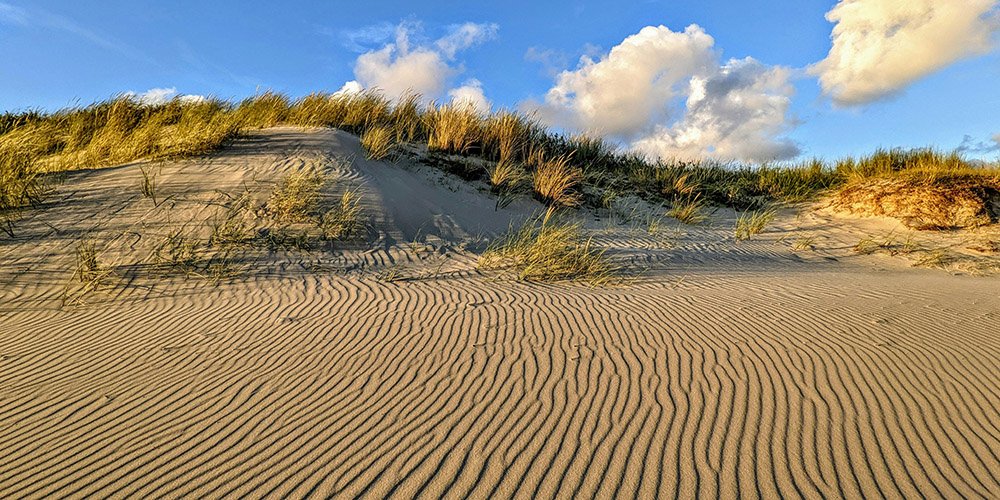12 Camping Must Haves For An Amazing Experience
There’s something truly magical about camping—the crisp morning air, the crackle of the campfire, and the thrill of sleeping under the stars. Whether you’re setting up camp in a secluded forest or a bustling campsite, the right gear can make or break your outdoor adventure.
Being well-prepared not only enhances comfort but also ensures safety, allowing you to fully immerse yourself in the wilderness experience. Let’s dive into the essential items every camper should have to guarantee an amazing and memorable outing.
Tent (Your Home Away From Home)
Your tent is more than just a piece of gear; it’s your home away from home. Choosing a reliable, weather-appropriate tent is crucial for ensuring a comfortable and secure base in the great outdoors.
- Weather Appropriateness: Consider the typical weather conditions of your camping destinations. A three-season tent is suitable for spring, summer, and fall, but you’ll need a four-season tent if you plan to brave snowy or very cold conditions.
- Size and Capacity: Think about the size of your group and the amount of gear you’ll need to store. A good rule of thumb is to choose a tent that offers at least 30 square feet of space per person if you like extra room to move around.
Sleeping Bag (Comfort in Any Weather)
After a long day of adventures, a cozy sleeping bag is your ticket to a restful night. Here’s how to pick one that’ll keep you snug and warm, no matter the weather:
- Temperature Ratings: Select a sleeping bag rated for temperatures a bit lower than you anticipate encountering. Look for bags labeled as ‘three-season’ if you camp in typical conditions, or a ‘winter’ bag if you expect freezing temperatures.
- Insulation Materials: Sleeping bags typically come with either down or synthetic insulation. Down is excellent for cold, dry conditions due to its warmth-to-weight ratio, while synthetic fills are better for damp climates as they retain warmth even when wet.
By starting with the right tent and sleeping bag, you’re well on your way to a successful camping trip. These foundational pieces not only provide shelter and warmth but also impact the overall comfort and enjoyment of your outdoor experience.
Also read: Camping Essentials for Women: Here’s What to Pack

Camping Stove (Hot Meals Anywhere)
Nothing beats the joy of a hot meal after a day of hiking and exploring. A portable camping stove is a game-changer for cooking delicious, nourishing meals right at your campsite.
- Benefits: A camping stove provides convenience and safety. It allows for quick cooking and boiling, which is crucial, especially in cold weather or high-altitude environments where you need to conserve energy and maintain warmth.
- Types of Stoves and Fuels: Choose from canister stoves, liquid fuel stoves, or all-in-one systems depending on your needs. Canister stoves are lightweight and easy to use, perfect for backpackers. Liquid fuel stoves work well in colder weather and when cooking for groups. Consider your cooking style and fuel availability when selecting a stove.
Water Filtration System (Stay Hydrated)
Access to clean water is crucial for a safe and enjoyable camping trip. Hydration keeps you energized and is essential for your body’s overall function, especially in outdoor settings.
- Importance: Whether you’re hiking to a remote lake or camping near a stream, having a reliable method to purify water is vital to prevent waterborne illnesses.
- Options: Portable water filters like pump filters, gravity filters, and straw filters offer easy solutions to purify water from natural sources. Chemical purifiers or UV light purifiers also provide effective means to ensure the water is safe for drinking.
First Aid Kit (Safety First)
A well-prepared first aid kit can literally be a lifesaver in the wilderness. It’s essential for addressing minor injuries or stabilizing a situation until further help is available.
- Essentials: Your kit should include bandages, antiseptic wipes, blister treatments, tweezers, scissors, pain relievers, and any personal medications. Tailor your kit based on the length of your trip and the number of people.
- Handling Common Injuries: Learn basic first aid for common camping injuries such as cuts, burns, and sprains. Knowledge of CPR and how to treat hypothermia and heat exhaustion can also be crucial.

Durable Footwear (Step Comfortably)
The right footwear supports and protects your feet, helping you tackle any terrain comfortably and safely.
- Significance: Quality boots provide necessary support, cushioning, and protection against harsh terrain and weather conditions. They prevent injuries and blisters, enhancing your ability to enjoy the hike.
- Selecting Footwear: Choose waterproof, breathable boots with good traction for hiking. Consider the terrain and weather conditions of your camping location when selecting boots. Ensure a good fit to avoid discomfort during long treks.
Weather-Appropriate Clothing (Dress Smart)
The right clothing can make a significant difference in your comfort and safety outdoors. Weather can change quickly, so being prepared is key.
- Importance of Layering: Layering allows you to adjust your clothing to changing conditions. Start with a moisture-wicking base layer to keep sweat away from your skin, add an insulating middle layer like fleece or wool for warmth, and top it off with a waterproof and windproof outer layer.
- Essential Items: Always pack a breathable, moisture-wicking shirt, long pants, a heavy jacket, gloves, and a raincoat. Choosing materials that dry quickly and retain heat even when wet, such as synthetic fibers or wool, is crucial.
When the sun sets, having reliable lighting is essential not only for navigating but also for routine camp tasks like cooking or setting up your sleeping area.
- Lighting Options: Headlamps are perfect for hands-free operation, making them ideal for cooking or when nature calls in the middle of the night. Lanterns are excellent for illuminating a larger area, and flashlights are useful for specific tasks or emergencies.
- Choosing the Right Lighting: Look for lighting options with adjustable settings to conserve battery life. The lumens (light output) and battery life should match your needs depending on the length of your trip and the tasks at hand. Rechargeable options or those with solar panels offer added convenience and sustainability.
Proper navigation tools are vital to ensure that you always find your way, whether you’re exploring a new trail or returning to camp.
- Essential Tools: A reliable compass and detailed maps of the area are essential. GPS devices provide additional security with pinpoint accuracy and are particularly useful in unfamiliar or complex terrain.
- Basic Navigation Skills: Understanding how to read a map and use a compass in conjunction with natural landmarks and the sun’s position can be invaluable. Basic skills like orienting a map, plotting a route, and following bearings should be familiar to every camper.

Backpack (Pack It Right)
Your backpack is your mobile base of operations while camping, holding all your essential gear. Choosing and packing it right can significantly enhance your outdoor experience.
- Choosing the Right Backpack: Consider the length and type of your trip. For weekend trips, a backpack with a capacity of about 30-50 liters is usually sufficient. For longer treks, look for something in the 50-80 liter range with good support and adjustable features to distribute weight evenly.
- Packing Efficiently: Start with heavier items close to your back and low in the pack to keep your center of gravity optimal. Use the compartments wisely—commonly used items should be easily accessible. Pack clothes and critical gear in waterproof bags inside the backpack.
Camp Furniture (Comfort in the Wild)
Bringing along some lightweight, portable camp furniture can greatly increase the comfort of your campsite.
- Options: Look for compact, foldable chairs and tables that are light enough to carry but sturdy enough to support your weight and needs. There are many designs that balance weight, durability, and comfort.
- Benefits: Having a comfortable place to sit and eat can transform your campsite into a cozy retreat, making meals and downtime more enjoyable. It also helps keep gear organized and off the ground, protecting it from damp conditions.
Multi-Tool (A Camper’s Best Friend)
A good multi-tool can be a lifesaver in the wilderness, combining several tools in one handy gadget.
- Uses: From cutting a piece of rope and adjusting gear to repairing other equipment or preparing food, a multi-tool’s versatility is indispensable.
- Recommendations: Choose a multi-tool that is durable and includes the tools you are most likely to need, such as pliers, knives, screwdrivers, and can openers. Brands like Leatherman or Victorinox are renowned for their reliability and functionality.
Final Thoughts
Camping is an adventure that enriches your life, offering a unique blend of challenges and rewards. Each item on this list of 12 camping must-haves plays a crucial role in ensuring that your experience is not just fun but also safe and stress-free. From the tent that shelters you to the multi-tool in your pocket, every piece of gear should be selected with care.
As you prepare for your next trip, remember that good preparation is the foundation of any successful outdoor adventure. Check your gear, plan your pack, and most importantly, embrace the spirit of exploration with confidence and enthusiasm.








